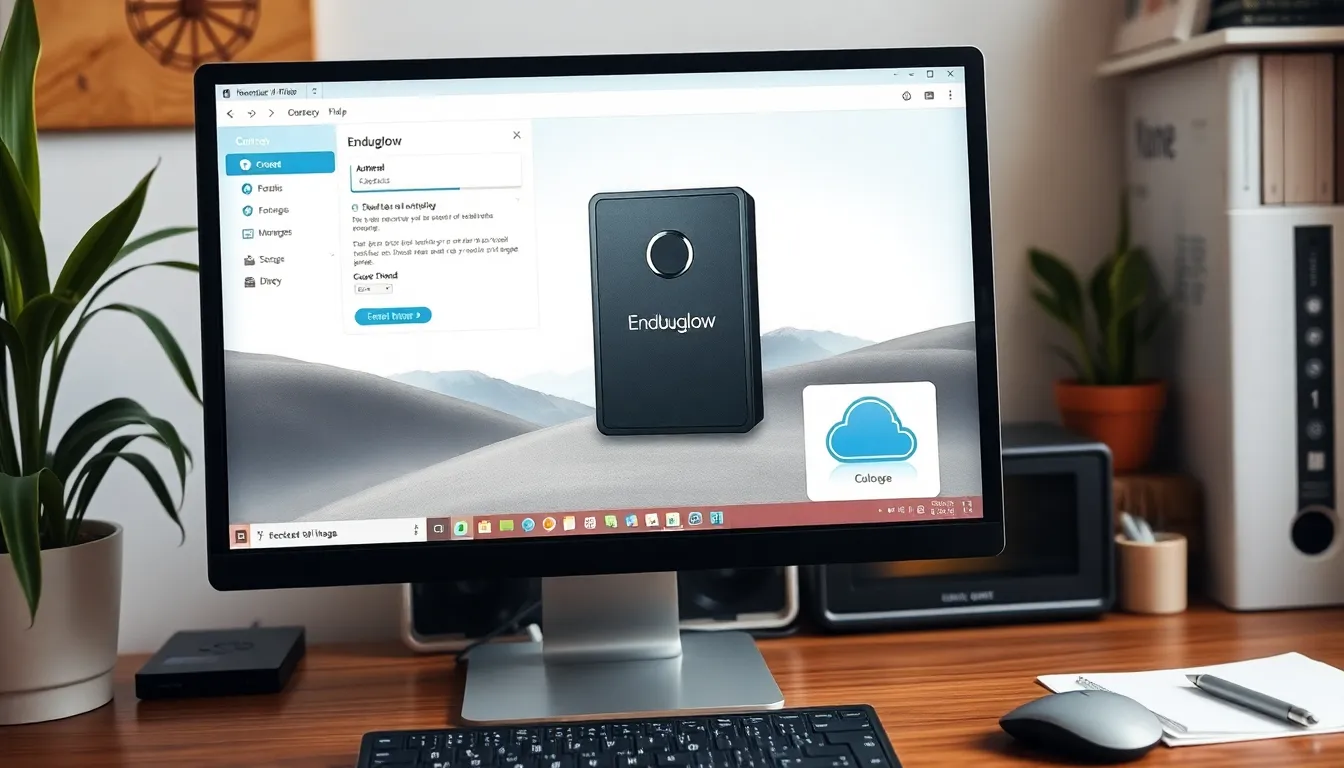
Updating software can sometimes feel like trying to find a needle in a haystack. But when it comes to Endbugflow, staying current is essential for smooth sailing on your PC. Think of it as giving your computer a much-needed spa day—refreshing, rejuvenating, and ready to tackle whatever you throw at it.
How to Update Endbugflow Software on PC
System requirements for Endbugflow include specific hardware and software components. A compatible operating system such as Windows 10 or later ensures optimal performance. Minimum RAM requirements are set at 4 GB, while 8 GB is recommended for smoother operation.
Storage space plays a significant role in functionality. At least 1 GB of free disk space enables installation without issues. Users benefit from having additional space for updates and temporary files.
Processor specifications also matter. A dual-core processor operating at 2.0 GHz can adequately run Endbugflow. For those seeking enhanced performance, a quad-core processor is ideal.
Graphics capabilities assist in the visualization aspects of the software. A graphics card with DirectX 11 support is necessary for effective functionality. Additionally, a display resolution of 1280×800 pixels provides adequate screen space.
Network connectivity supports software updates and online features. A stable internet connection is essential for downloading updates efficiently.
For installation, administrative privileges on the PC ensure unrestricted access. Antimalware programs should not interfere during the installation process to avoid complications.
By meeting these system requirements, users can effectively utilize Endbugflow without performance hitches.
Preparing for the Update

Ensuring a smooth update for Endbugflow requires a few preparatory steps. These will help users avoid complications and maintain data integrity during the process.
Backup Your Data
Backing up data represents a critical task before starting any update. Users should create a complete backup of files stored on their PC, including important documents, media files, and project data. Utilizing external hard drives or cloud storage options helps protect against data loss during the update. Verifying the backup after completion ensures that all crucial files remain intact and retrievable. It’s always better to be safe than sorry when it comes to valuable information.
Check for Current Version
Checking for the current version of Endbugflow helps users determine if an update is necessary. Navigating to the Endbugflow application, users can find the version number typically listed in the settings or about section. Comparing this version with the latest available on the official website ensures that the installed software remains up to date. Furthermore, users may consider reviewing release notes or update logs to understand new features or critical patches included in the latest version. Keeping software current enhances performance and security.
Steps to Update Endbugflow Software on PC
Updating Endbugflow software on a PC involves a straightforward process. Following these steps ensures the software runs efficiently and remains equipped with the latest features and security enhancements.
Download the Latest Version
Start the process by visiting the official Endbugflow website. Locate the download section for the most recent version of the software. After finding it, click on the download link to initiate the download. The file usually appears in the default downloads folder unless specified otherwise. Checking the file size and version number can confirm the download’s accuracy before proceeding further.
Install the Update
Begin the installation by locating the downloaded file. Double-click the installer to launch it. Follow the on-screen instructions carefully; clicking through prompts is vital for a successful update. Users may need to grant administrative permissions to allow the installation to complete. Once the installation reaches 100%, reopening Endbugflow will affirm the update. If required, restarting the PC helps finalize the update process.
Common Issues During Update
Updating Endbugflow software can sometimes present challenges. Identifying these common issues helps streamline the process.
Troubleshooting Installation Problems
Errors during installation may disrupt the update. Users should ensure administrative privileges are granted, as lack of permissions often leads to failed installations. Disconnecting from the internet temporarily may mitigate potential disruptions caused by antimalware programs. Checking the system for sufficient disk space plays a crucial role—1 GB is the minimum requirement, with more being ideal. If errors persist, running the installer in compatibility mode might resolve underlying conflicts with the operating system.
Addressing Compatibility Issues
Compatibility problems can arise when the software does not align with the system’s specifications. Endbugflow requires Windows 10 or later; verifying this ensures proper functionality. Users should also confirm that their hardware, including the CPU and RAM, meets or exceeds the recommended specs—8 GB of RAM is advisable for optimal performance. Graphics drivers must support DirectX 11, as outdated drivers may hinder proper operation. Lastly, consulting the Endbugflow release notes for compatibility updates can provide valuable insight into software requirements.
Address Critical Issues
Keeping Endbugflow updated is essential for maintaining optimal performance on a PC. By following the outlined steps and ensuring all system requirements are met users can enhance their experience and security. Regular updates not only introduce new features but also address critical issues that can impact functionality.
Taking the time to back up data and verify current versions can prevent complications during the update process. Troubleshooting common issues will further ensure a smooth transition to the latest version. Embracing these practices will allow users to fully leverage the capabilities of Endbugflow, ensuring their software remains efficient and effective.


